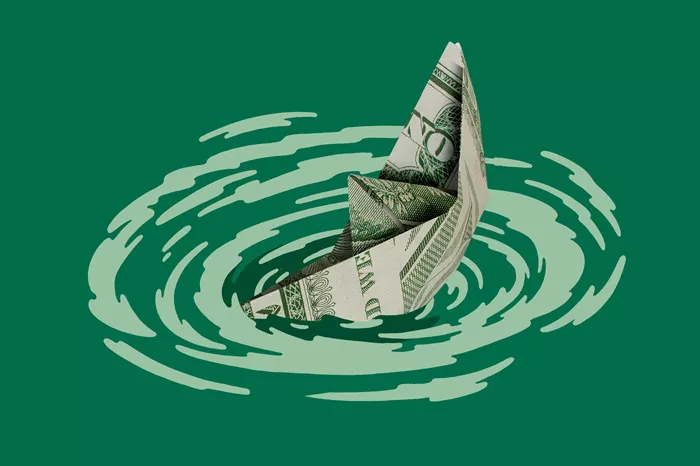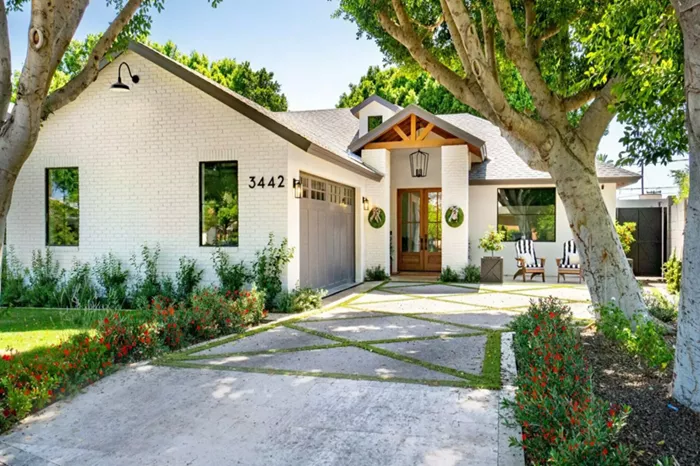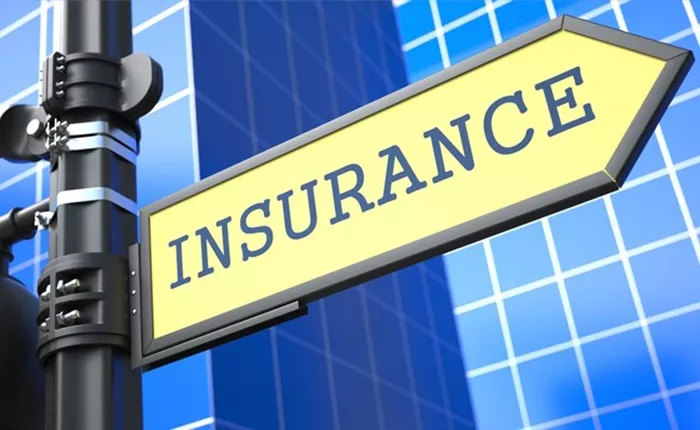Flooding can cause serious damage to homes, especially in a state like New Jersey, where coastal storms and heavy rains are common. Whether you live near the ocean, a river, or even in an area that’s not usually considered high-risk, having flood insurance can be a smart move. But how much is flood insurance in nj and what affects the price?
The price of flood insurance in New Jersey depends on many things. It’s not a flat fee that everyone pays. In this article, we’ll walk through everything that affects the cost. We’ll also explain how to get flood insurance, who needs it most, and how you might be able to save some money.
Why Flood Insurance Is Important in NJ
New Jersey has a long coastline and many rivers. This makes flooding a regular concern, especially during hurricane season. In the past, big storms like Hurricane Sandy caused billions of dollars in damages. Even smaller storms can lead to flooding.
Regular homeowners insurance usually does not cover flood damage. This is why flood insurance is something many NJ homeowners and renters should consider. It offers peace of mind, knowing that if water fills your home, you’ll have help recovering.
Who Needs Flood Insurance?
You might think you don’t need flood insurance if you don’t live near the coast. But that’s not true. Floods can happen anywhere. In fact, about 25% of all flood insurance claims come from low- or moderate-risk areas.
In New Jersey, people who live in or near:
The Jersey Shore
The Delaware River
The Raritan River
Low-lying urban areas like Hoboken or parts of Newark
…are especially at risk. But even people in inland towns should think about flood insurance.
If you have a mortgage and live in a high-risk flood zone, your lender will probably require you to have flood insurance. If you’re not in a high-risk area, it’s optional — but still worth thinking about.
What Does Flood Insurance Cover?
Flood insurance usually covers two main parts:
1. Building Coverage:
This helps pay for damage to the structure of your home. That includes the foundation, walls, floors, electrical and plumbing systems, and even major appliances.
2. Contents Coverage:
This helps replace personal items like clothing, furniture, electronics, and kitchen items that get damaged by floodwater.
You can buy one or both types, depending on your needs. However, some things are not covered. For example, damage from moisture or mold that could have been avoided is not covered. Basements also have limited coverage.
How Much Is Flood Insurance in NJ?
The average cost of flood insurance in New Jersey is around $950 per year. But this is just a rough estimate. Your actual premium could be much higher or lower depending on several factors.
Factors That Affect the Price of Flood Insurance
Here are the most common things that impact the cost:
1. Your Flood Zone
FEMA (Federal Emergency Management Agency) creates flood maps that show areas of risk. If you live in a high-risk zone, you’ll pay more. Low- or moderate-risk zones have lower premiums.
High-risk zones are labeled with letters like AE or VE. Low-risk zones are often labeled as X.
2. Elevation
If your home is built above the base flood level, you may pay less. Homes built below that level usually pay more. An elevation certificate can help show your home’s position relative to floodwaters.
3. Location
Homes near rivers, lakes, or the ocean will usually cost more to insure than homes on higher ground. But even if you’re far from water, local drainage problems or poor infrastructure can increase your risk.
4. Type of Building
The size, structure, and design of your home matters. Single-family homes might have different rates than duplexes or condos. Older homes with outdated systems may also cost more to insure.
5. How the Home Was Built
Did the builder use flood-resistant materials? Is the home raised on stilts or a foundation? These things can affect your premium.
6. Coverage Amount
If you want higher limits, you’ll pay more. The National Flood Insurance Program (NFIP) offers coverage up to $250,000 for the building and $100,000 for contents. You can also buy private flood insurance for higher limits.
7. Deductible
A higher deductible usually means a lower monthly or yearly payment. Just keep in mind that you’ll need to pay more out of pocket if you make a claim.
Where Can You Get Flood Insurance?
There are two main ways to buy flood insurance in New Jersey:
1. Through the National Flood Insurance Program (NFIP)
This is a program run by FEMA and managed by insurance agents. It’s available to people in communities that participate in NFIP (most towns in NJ do). NFIP policies are backed by the government, but sold by private insurers.
2. Private Insurance Companies
These companies offer their own flood policies. They often provide more flexible coverage and may offer better prices for homes that aren’t in high-risk areas.
Some homeowners choose private flood insurance to get faster claims, higher limits, or to avoid FEMA’s price hikes.
How to Find Out Your Flood Zone
You can check your flood zone on FEMA’s website using the Flood Map Service Center. Just type in your address. It will show your flood risk and zone type. This information is key when shopping for insurance.
Can You Lower the Cost?
Yes, there are ways to bring the cost down:
Get an Elevation Certificate: This can prove your home is at less risk than FEMA’s map shows.
Raise Your Home: Homes elevated above flood levels often pay much less.
Use Flood-Resistant Materials: Waterproofing your basement and using tile instead of carpet can help reduce damage and possibly lower premiums.
Choose a Higher Deductible: If you’re willing to pay more in a claim, your monthly cost could go down.
Join the Community Rating System (CRS): Some NJ towns take steps to lower flood risks. If your town does this, you may get a discount.
What Happens If You Don’t Have Flood Insurance?
If your home floods and you don’t have flood insurance, you’ll likely have to pay for repairs yourself. FEMA might offer some disaster help, but it’s often in the form of low-interest loans — not full coverage.
Even a few inches of water can cost thousands of dollars to clean up. Floors, walls, furniture, and appliances can be ruined. Without insurance, this can be financially devastating.
How to Buy Flood Insurance in NJ
If you’re ready to buy, here’s what to do:
Find an Insurance Agent: Look for someone who sells NFIP policies or private flood insurance.
Ask About Your Zone and Elevation: They can help you understand your risk level.
Choose the Right Coverage: Think about whether you need both building and contents insurance.
Pick a Deductible: This affects your monthly cost.
Compare Quotes: Check both NFIP and private insurers if possible.
Ask About Discounts: Some areas offer savings if they take steps to reduce flood risks.
Conclusion
Flood insurance in New Jersey doesn’t come with a one-size-fits-all price. While the average is around $950 per year, what you pay depends on where you live, how your home is built, and how much coverage you choose.
Whether you live on the shore or far inland, floods are a real risk in NJ. With weather patterns changing and storms getting stronger, having the right protection can make all the difference. Flood insurance might seem like an extra expense, but it can save you thousands — even hundreds of thousands — if the water rises.
Take the time to check your flood zone, explore your options, and talk to a trusted insurance agent. It’s a step that could bring peace of mind when the skies turn dark.
Related topic:
Is Flood Insurance Worth It in Texas?





















